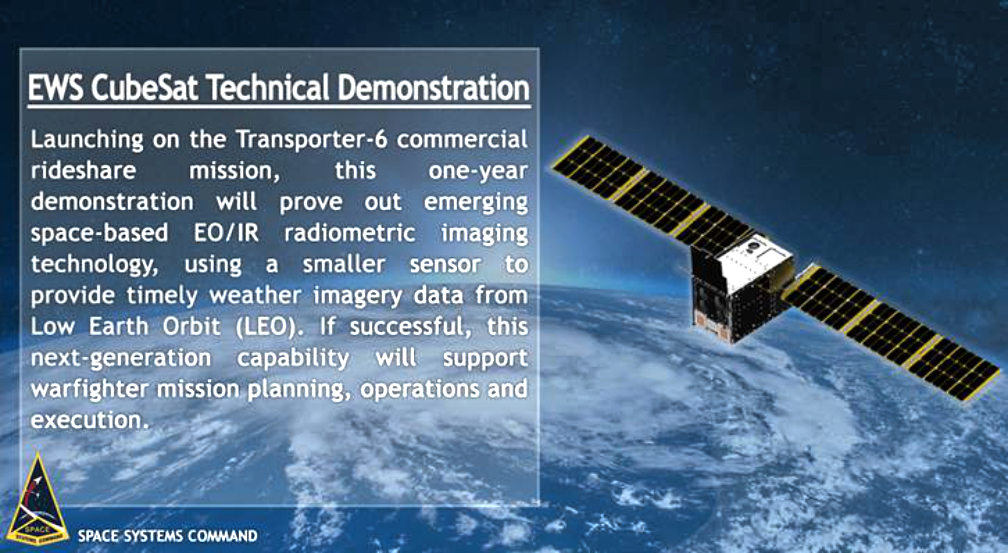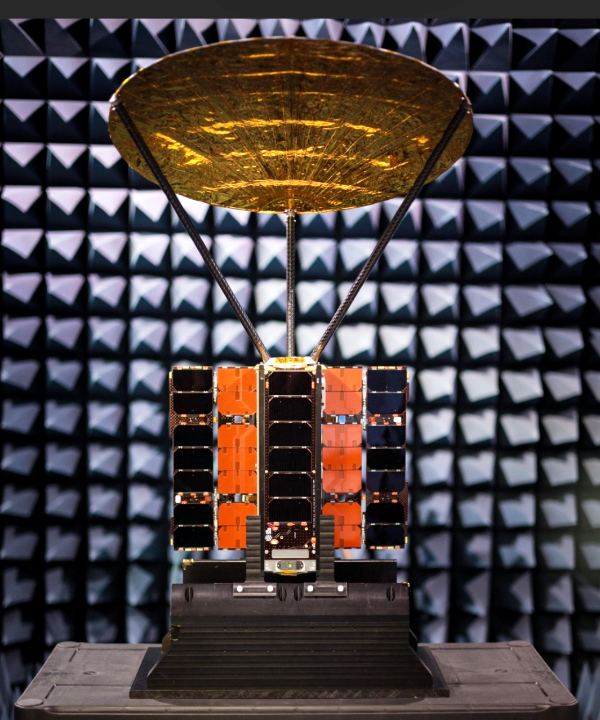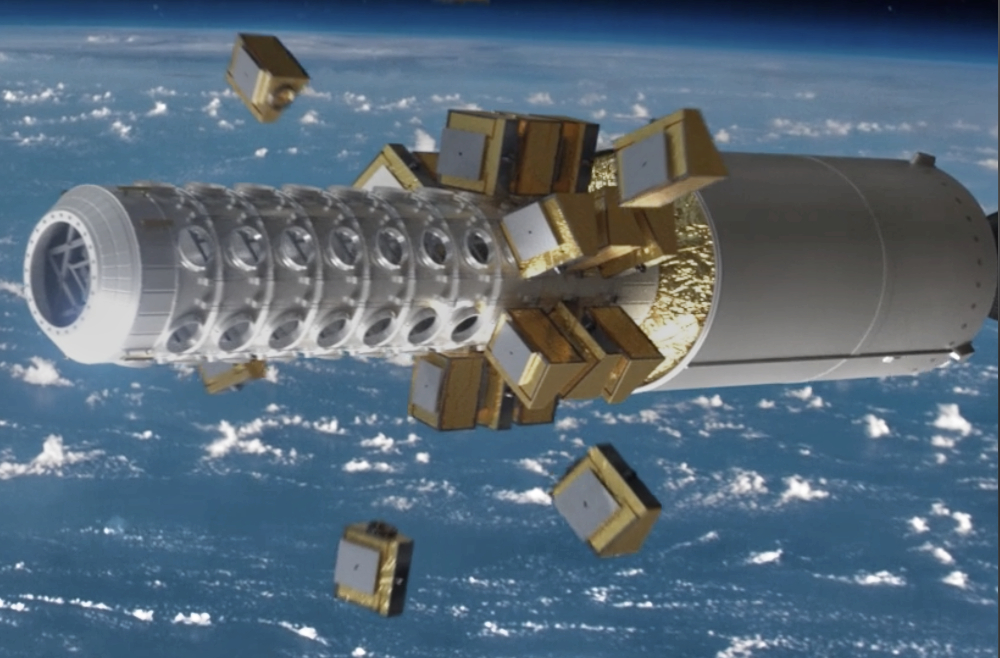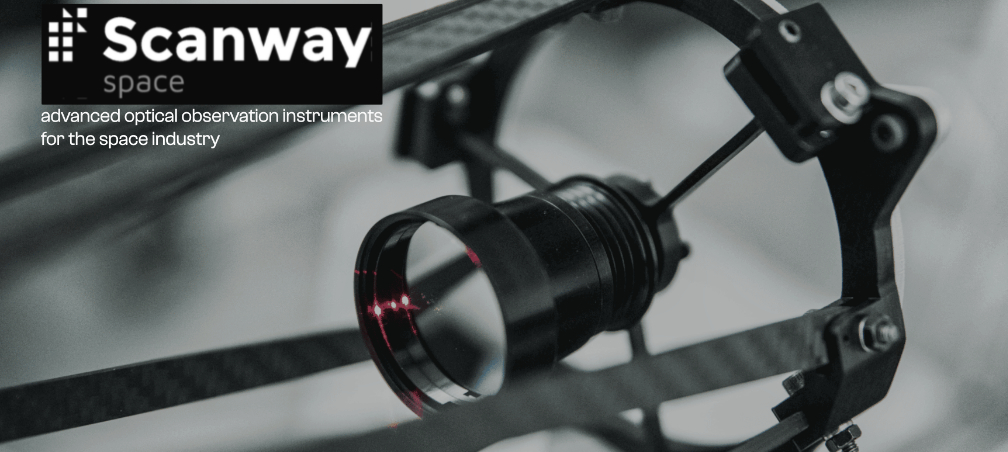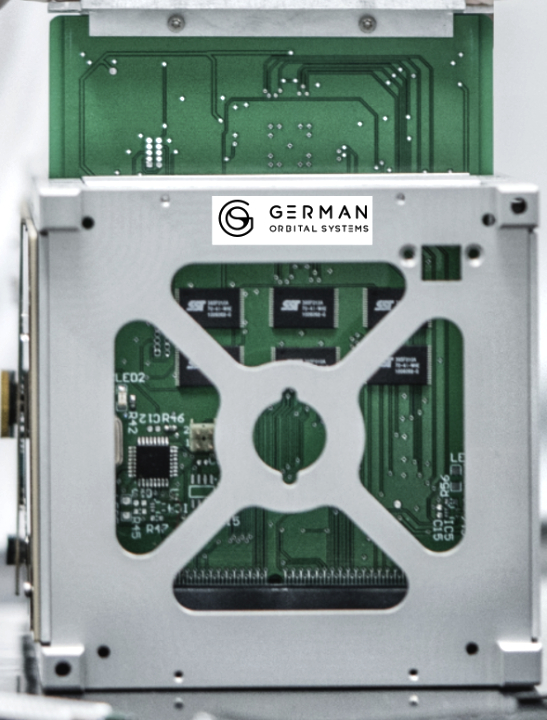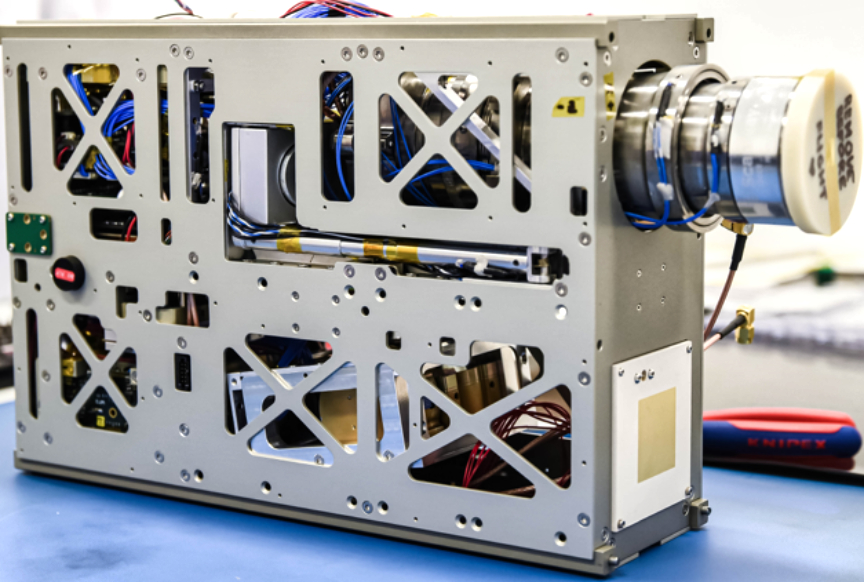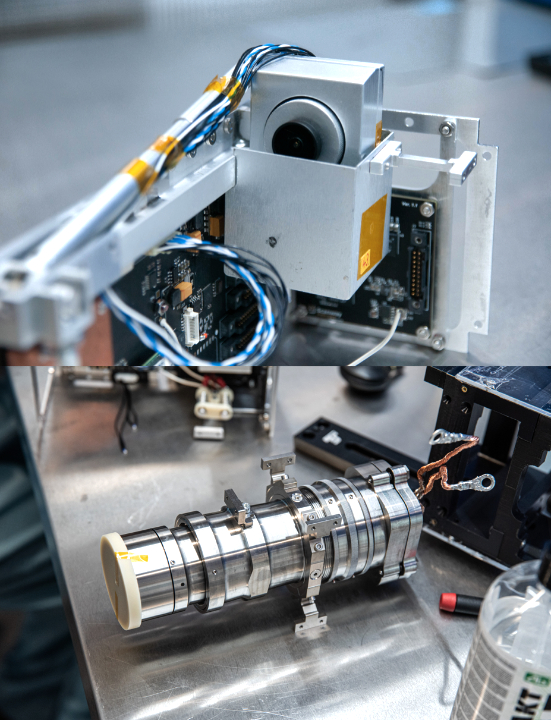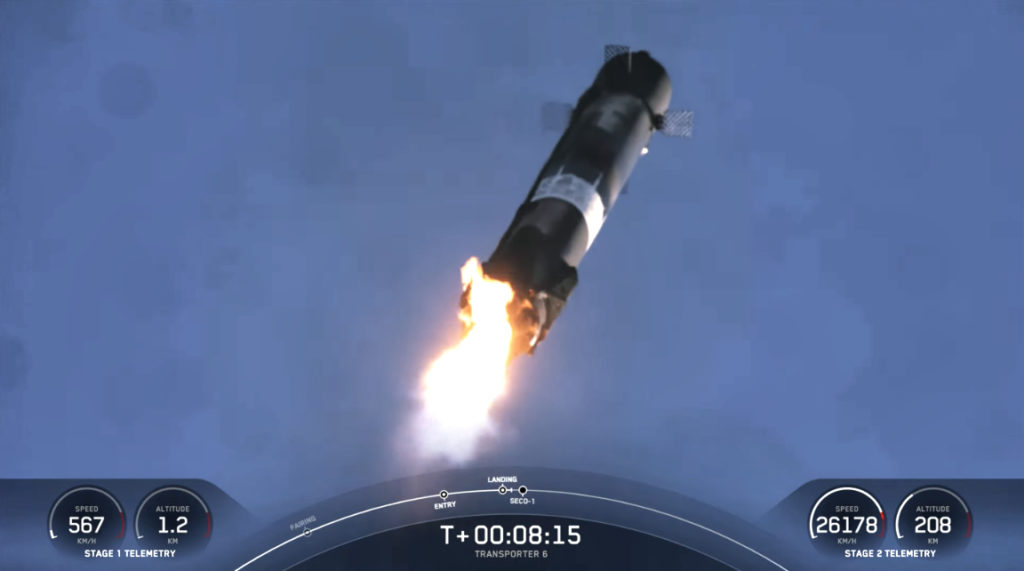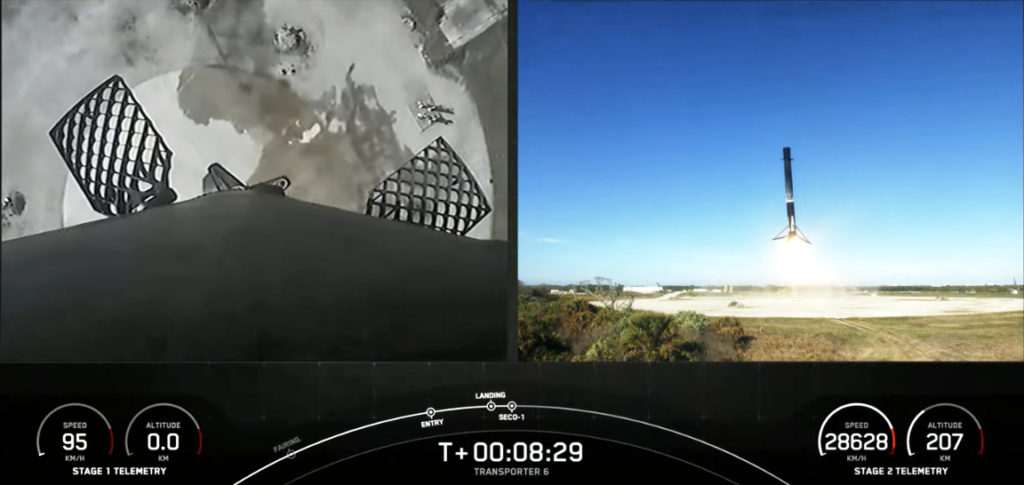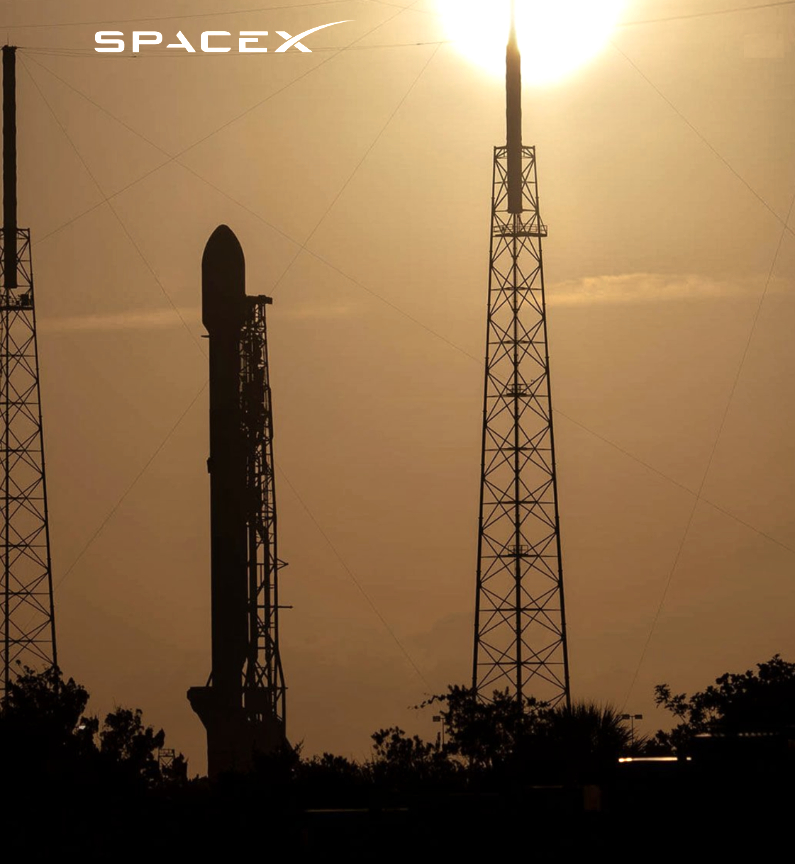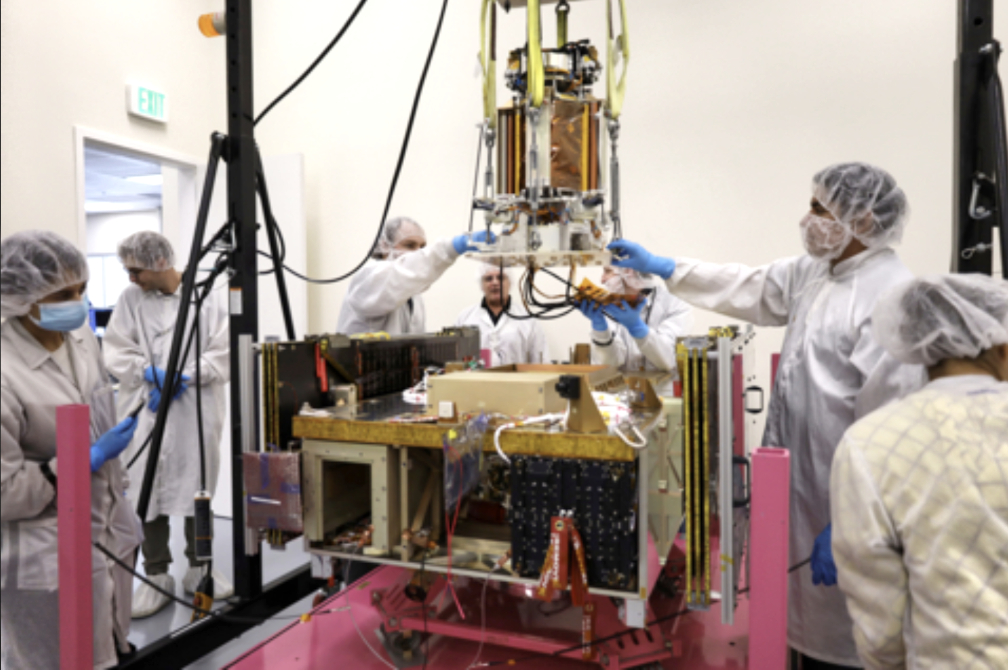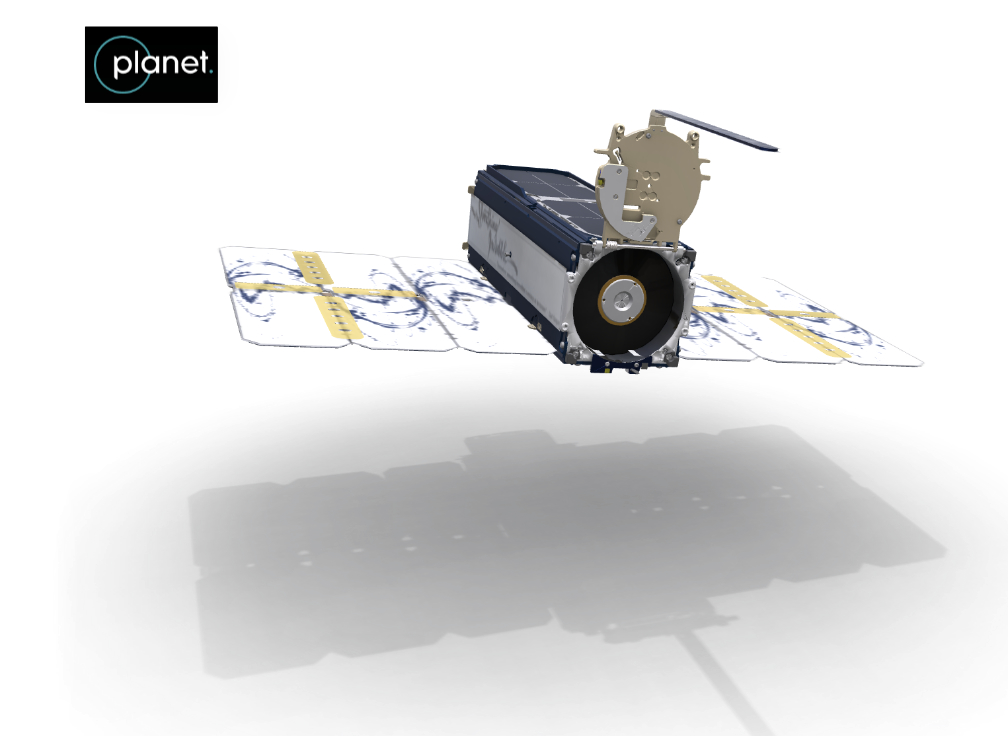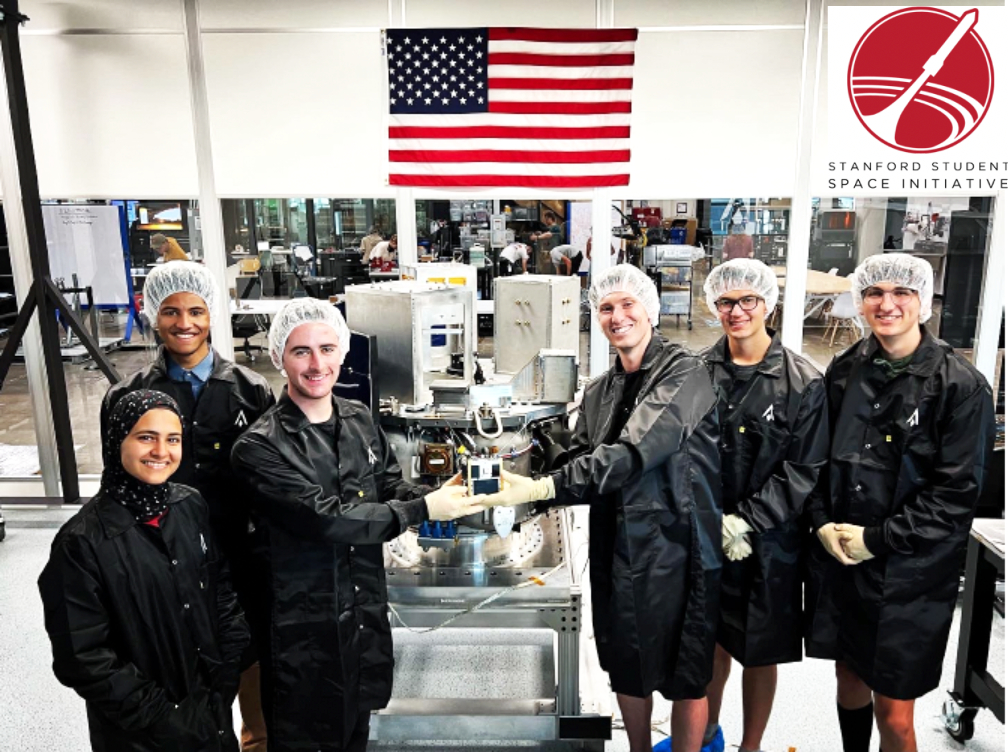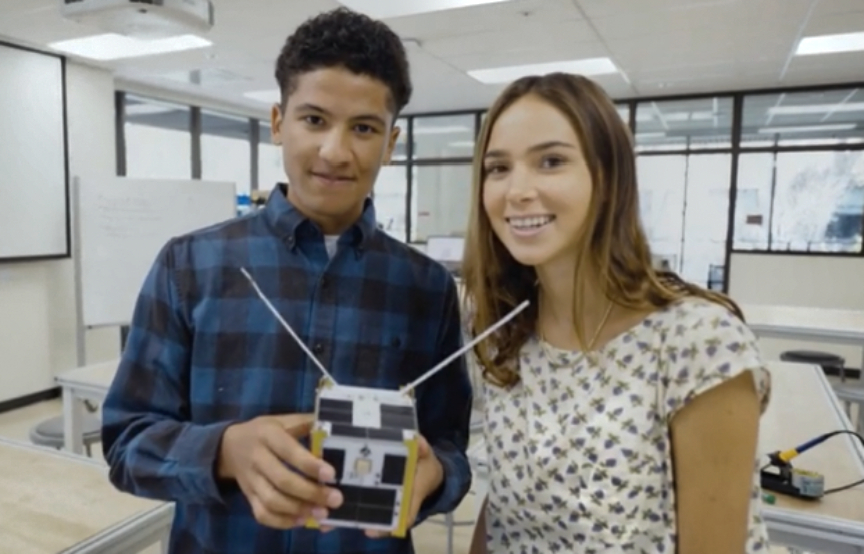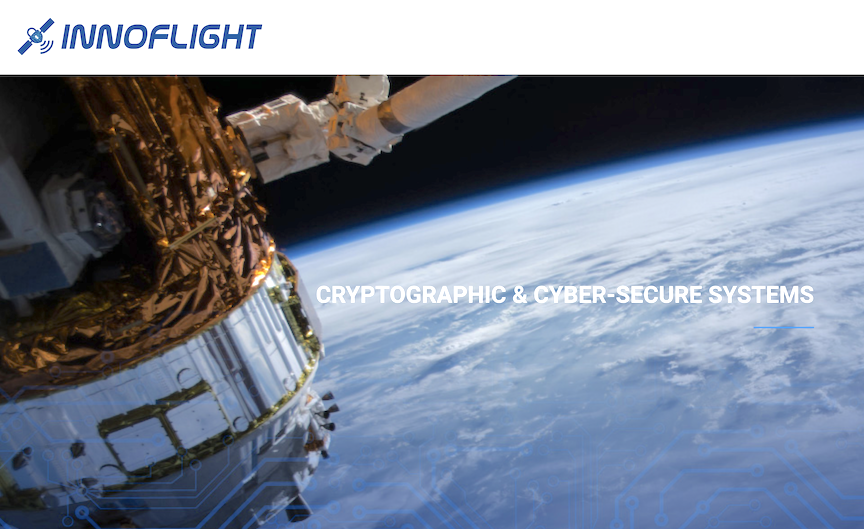
Spire Global, Inc. (NYSE: SPIR) has launched six satellites on the SpaceX Transporter-6 mission from Cape Canaveral Space Force Station — these smallsats will demo advancements and new capabilities for the company’s weather and aviation solutions.
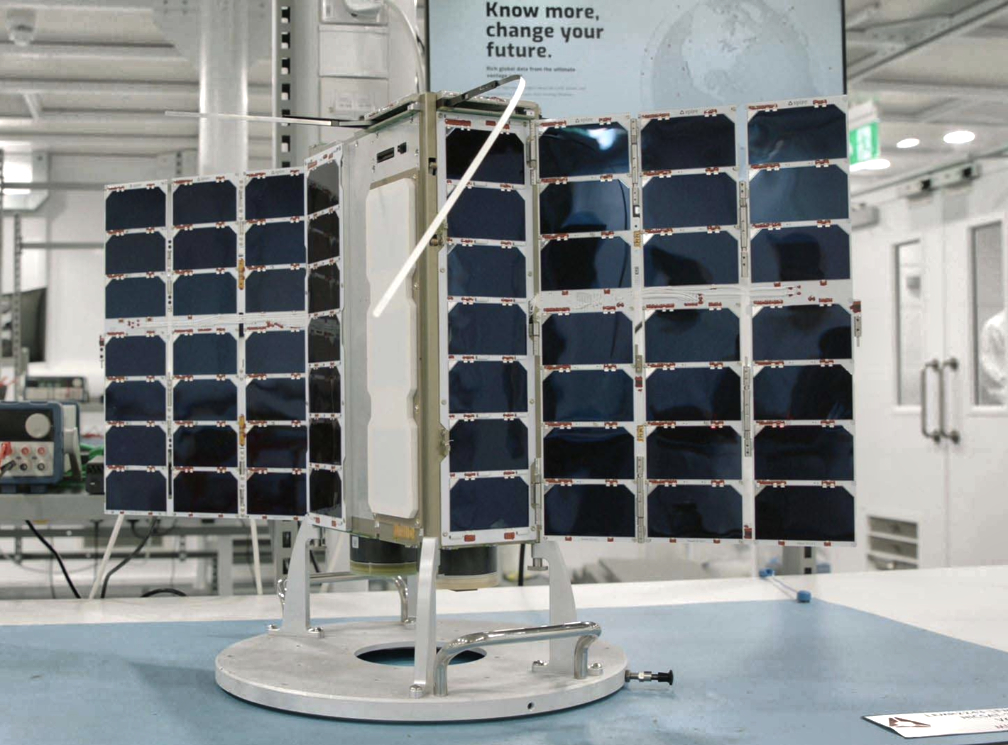
Spire’s smallsats carry nextgen Automatic Dependent Surveillance-Broadcast (ADS-B) payloads, which collect aircraft position data. The satellites will expand Spire’s existing ADS-B constellation and play an integral role in improving coverage and latency for the company’s aviation products. They will demonstrate sophisticated technology for global aircraft tracking, including an advanced antenna design based on years of on-orbit ADS-B payload experience and state-of-the-art, inter-satellite links.
These satellites are Spire’s first to have propulsion systems on board. The multipurpose satellites also carry payloads to monitor Automatic Identification System (AIS) signals for vessel tracking data and for space services customer Myriota, a provider of global Internet of Things (IoT) service from satellites.

One of the satellites on the launch is flying a polarimetric radio occultation (PRO) payload that collects data on precipitation profiles and patterns. The mission will validate PRO sensitivity to precipitation using several global navigation satellite systems as signals of opportunity.
This is the first step toward the assimilation of PRO data into weather models, which will enhance the value and accuracy of global weather forecasts along with the weather variables currently gathered by Spire’s constellation. The PRO payload, which was the first launched by a private company, was designed as part of the ESA InCubed Program, a co-funding program focused on developing innovative and commercially viable products and services that generate or exploit the value of EO imagery and dataset.
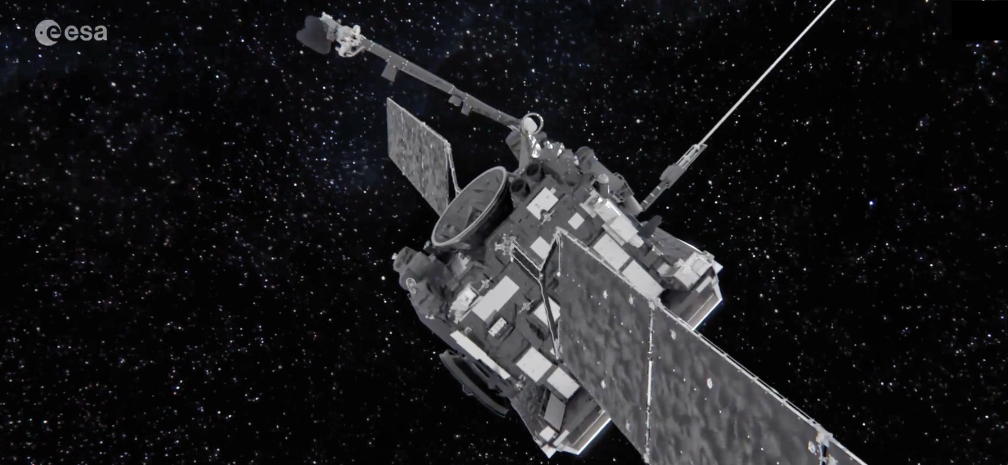
This activity is supported by the Luxembourg Space Agency (LSA). Spire is the largest producer of radio occultation data, which is leveraged by government agencies such as NOAA, NASA, ECMWF, and EUMETSAT to drive global weather predictions.
The company also launched three satellites to replenish the firm’s fully deployed constellation of more than 100 multipurpose satellites. Spire designs and builds their satellites entirely in house at its manufacturing facility in Glasgow, Scotland. The company has built and launched more than 150 satellites, carrying over 500 years of spaceflight heritage across its fleet.
The satellites were manifested on the mission through a multi-launch agreement between Spire and Exolaunch, which includes access to the Transporter missions through Exolaunch’s long-term launch arrangements with SpaceX. Exolaunch, a global provider of launch, in-space logistics and deployment services, also provides Spire with deployment and integration services.
“We at ESA are very happy with the efficiency, focus, and speed of implementation of this activity, and if we can see it resulting in measurement data and processing results for systematic evaluation of their assimilation into numerical weather prediction, that will be a rewarding completion,” said Thomas Burger, ESA Technical Officer for Spire.
“Satellites and payloads are continuing to get smaller and more powerful,” said Jeroen Cappaert, Spire CTO and Co-founder. “We’re capitalizing on this rapid pace of innovation and miniaturization to continue to enhance our constellation with cutting-edge technology that drives new applications of satellite data. The applications we’re demonstrating for aviation tracking and precipitation data will play a crucial role in solving some of the greatest challenges we face on Earth, such as overcoming climate change with more accurate weather forecasting and bringing transparency to the supply chain.”

